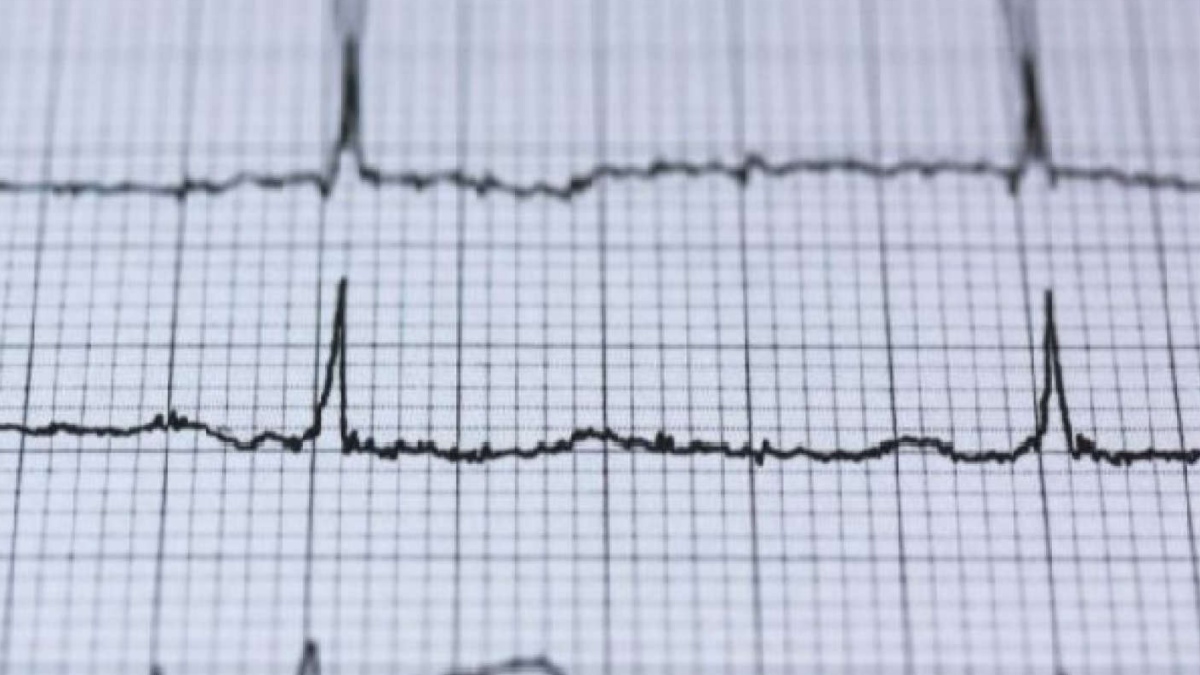Death from a heart attack or stroke may be the first cardiovascular disease (CVD) event in some people who smoke cigarettes and CVD is the leading adverse health effect among smokers, according to new research.
The findings of the study were published in the Journal of the American Heart Association, an open-access journal of the American Heart Association.
Decades of research links cigarette smoking to premature death caused by cardiovascular disease and other diseases such as lung cancer. According to the American Heart Association’s Heart and Stroke Statistical Update 2021, more than 480,000 US adults die each year from cigarette smoking.
Despite increasing awareness about the health benefits of quitting smoking, more than 34 million adults in the United States still smoke cigarettes. “There is often more awareness and concern about cancer as a result of smoking than heart disease, so we wanted to better define the risks of smoking-related to different types of cardiovascular disease and, most importantly, to cardiovascular death,” said lead study author Sadiya S. Kahn, MD, M Sc, an assistant professor of medicine in the division of cardiology at Northwestern University’s Feinberg School of Medicine in Chicago.
Khan added, “In our analysis, even after adjusting for deaths not related to the heart, such as those due to lung cancer, we found that fatal or non-fatal events related to cardiovascular disease are more likely to occur among people who smoke.”
The researchers pooled data from nine long-term cohort studies in the US to evaluate multiple lifestyle factors as well as cardiovascular and other health outcomes. The analysis included data from 106,165 adults (50.4 per cent women; 16.2 per cent Black adults; 50.1 per cent cigarette smokers) between the ages of 20 and 79, who were free of cardiovascular disease at the start of the studies.
The new analysis categorized participants by smoking status (either yes or no, self-reported at study enrollment); age (young: 20 to 39 years of age; middle-aged: 40 to 59; and older: 60 to 79); and sex.
Using the combined data, researchers estimated the number of years lived with and without cardiovascular disease according to smoking status and then examined the association between smoking and cardiovascular events after accounting for death from other diseases such as lung cancer. Adjustments were made for age, race, body mass index (BMI), blood pressure and cholesterol levels.
The follow-up time for study participants ranged from 10 to 25 years. The biggest differences in risks and in deaths between the participants who smoked and those who didn’t smoke occurred during middle age. The analysis found: Middle-aged women who smoked were nearly twice as likely as non-smoking women to have a fatal CVD event as their first sign of CVD.Middle-aged men who smoked had a 79 per cent chance of having a fatal CVD event as their first sign of cardiovascular disease – about 1.5 times more likely compared to middle-aged men who did not smoke. For middle-aged women, the long-term rates of CVD risk were nearly 10 per cent higher in those who smoked compared to those who didn’t (34.7 per cent for smokers; 24.8 per cent for non-smokers).
“Our findings note that preventing a heart attack, stroke or heart failure is vital, yet preventing unexpected sudden death as the first manifestation of cardiovascular disease is clearly a priority. People who smoke may not realize the harm cigarettes are causing their bodies until it’s too late,” Khan said.
“Another notable finding among people who smoked was the early onset of CVD, and among those who developed CVD, how much younger they were. There’s not a lot of research on young adults who smoke, particularly among young men. Our study adds important perspective,” Khan added.
Among young adults, 20 to 39 years of age, the analysis found:
The risk for CVD started to increase significantly in young men who smoked near the 10-year follow-up mark, while in young women the increased risk for CVD in those who smoked became more evident near the 20-year follow-up mark.
With respect to CVD subtypes, young men who smoked had the highest long-term risk for heart attacks (24 per cent), while young women had the highest long-term risk (11.3 per cent) for other CVD causes of death, such as stroke or heart failure.
Among all age groups, a majority of the first CVD events were fatal or nonfatal heart attacks. Fatal and nonfatal strokes were the next leading causes of the first CVD event among those in the young age group. Heart failure was the second leading cause among the middle-aged and older age groups.
Khan said these results emphasize the contribution of smoking to the earlier onset of CVD overall, and also affected excess CVD risk well into the eighth decade of life in both men and women, even after adjusting for the competing risk of non-CVD death.
Based on these results, the researchers suggest that all people who smoke should talk with their physicians or other health care professionals about taking steps toward quitting and improving their cardiovascular health.
“These results offer a very compelling message that people who smoke need to hear – smoking can kill you before you even know you have cardiovascular disease. It can, indeed, be a silent killer,” said Esa M. Davis, M.D., a member of the American Heart Association’s Council on Lifestyle and Cardiometabolic Health, associate professor of medicine and the clinical and translational science medical director of the tobacco treatment service of the University of Pittsburgh Medical Center, who was not involved in the study.
Esa added, “Heart attacks, strokes and other types of cardiovascular disease don’t always have early symptoms, so if you don’t know you have CVD, it can’t be treated. You can help prevent CVD by never smoking or stopping smoking as soon as possible.”
The American Heart Association supports ending the use of all combustible tobacco products while ensuring other tobacco products such as electronic cigarettes do not addict the next generation of youth and adolescents. In 2019, the Association announced USD 20 million in research funding to drive scientific discovery that will help end teen tobacco use and addiction.




















